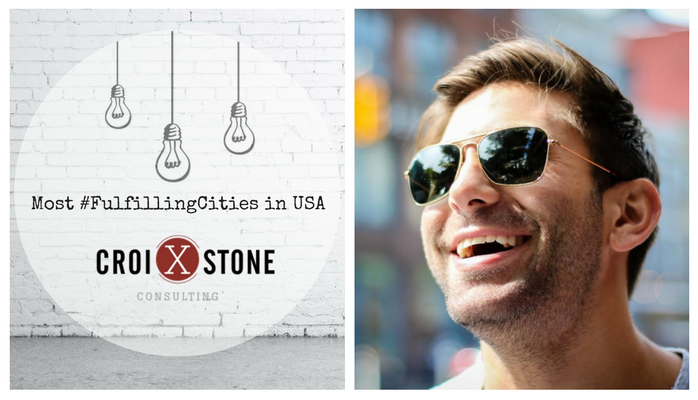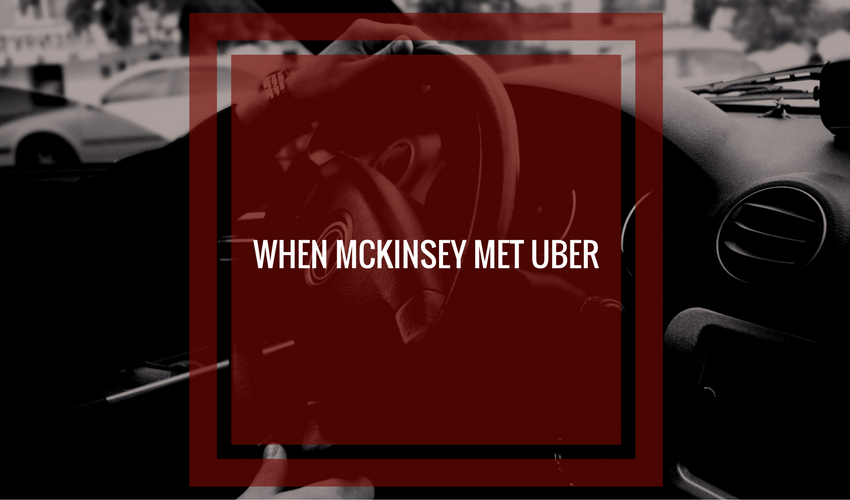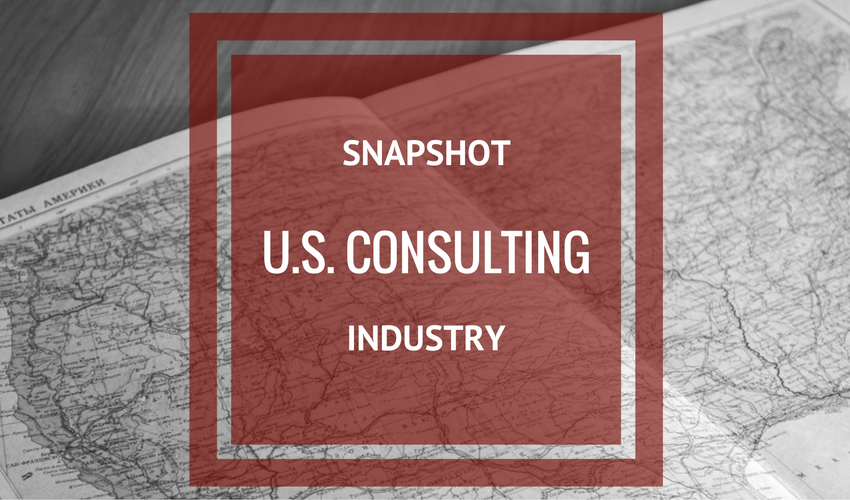The Freelance Economy in 2017
According to a new study conducted by LinkedIn, freelancers now account for nearly 35% of the USA workforce…and the trend is only gaining traction with more professionals opting out of traditional “full-time” employment.
The Croixstone Consulting team found the following survey findings of particular interest:
- 40% of LinkedIn’s freelancers (the social networking site’s “ProFinder” members) are based in just four states (California, Florida, New York and Texas).
- Marketing, Business Consulting and Design were the top 3 industries for freelance work in 2016.
- Younger freelancers identified industry preferences centered on Writing, Photography and Home Improvement.
- Older freelancers identified industry preferences focused on Career Coaching, Business Consulting and Real Estate.
- 33% of all professional freelancers surveyed were male.
- The average freelancer is an older male (nearly 50% of LinkedIn’s ProFinder members are older than 50).
- The average hourly rate for freelance work averages $50-$150.
Gain more insights into the Freelance Economy here.




